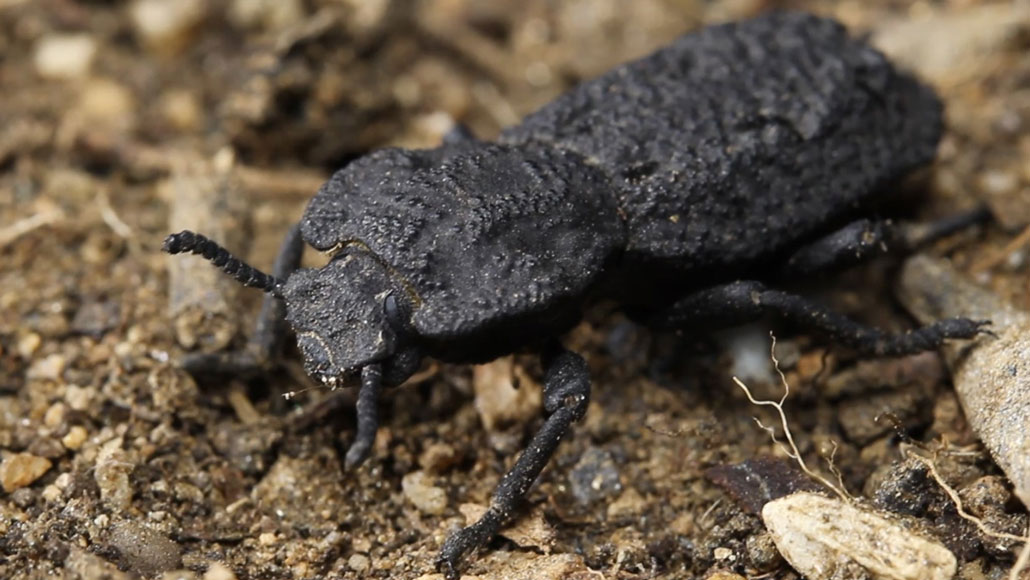The diabolical ironclad beetle can survive getting run over by a car. Here’s how
Microstructures in the beetle’s armor make it nearly impossible to squish

The diabolical ironclad beetle looks sort of like a rock — and it’s almost as unbreakable. Thanks to the intricate connections between different parts of the insect’s exoskeleton, this hardy beetle can withstand getting run over by a car.
David Kisailus